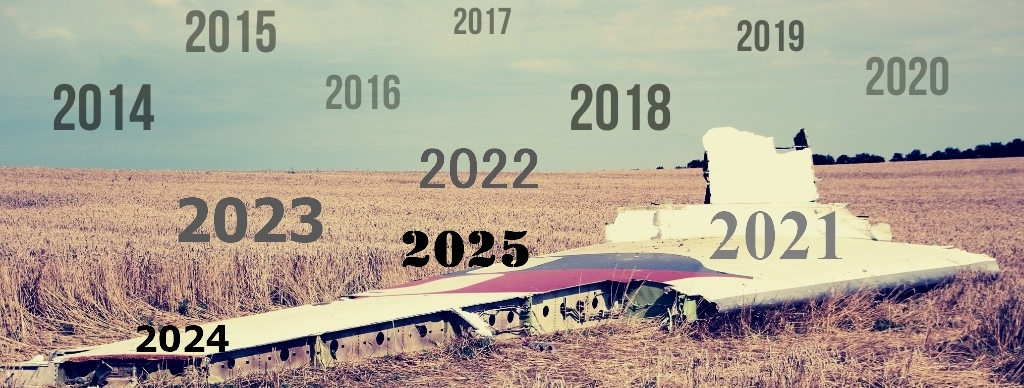60
The Malaysia Airlines branch in the Netherlands initially cooperated with the investigation
and gave the Dutch Safety Board the opportunity to interview various employees of the
airline in the Netherlands. It also provided a part of the requested information. However,
at a later stage this cooperation was (temporarily) suspended by order of the airline’s
headquarters.
From the start of the investigation it proved to be more complicated to organise
interviews with employees of the Malaysian government and the airline in Kuala Lumpur.
The same applied to obtaining the documents the investigators requested them. Over
time, in January 2015, investigators from the Dutch Safety Board were given the
opportunity to talk to a few relevant employees from Malaysia Airlines in Kuala Lumpur
regarding the investigations into passenger information and the decision-making related
to the flight route. For these investigations, the investigators in the end did not entirely
succeed to obtain all information from the Malaysian government. For the investigation
into the causes of the crash Malaysia Airlines provided all information the Dutch Safety
Board requested.
Ukraine and the Russian Federation
For the investigation into the crash of flight MH17, the Dutch Safety Board tried to acquire
all primary and secondary surveillance radar data from the involved air navigation service
providers in Ukraine and the Russian Federation. The use of raw radar data in the
investigation into aircraft accidents is common because the images that the air traffc
controllers use are the result of the processing of these raw data.
Primary and secondary surveillance radar data
Primary radar provides an image of the aircrafts in the airspace based on the
reflection of emitted radio waves. The positions and velocities of aircrafts in the
airspace are mapped by the radar station receiving a reflection of the aircrafts
present. Primary radar data are a reliable source for determining which aircrafts are
in an airspace at a certain moment.
Secondary surveillance radar interrogates the aircraft’s transponder, which can only
occur if there is a working transponder on board the aircraft. The transponder’s signal
contains information about the identity, altitude and speed of the aircraft as measured
in the aircraft. Primary and secondary surveillance radar data are often combined on
a screen into one single image of the airspace by and for air traffc control.
The international team investigating the causes of the crash convened on various
occasions during the project, as is common in an aircraft accident investigation, to discuss
and establish the fndings to date. After the frst progress meeting with the international
investigation partners in February 2015, the Dutch Safety Board identifed which relevant
information was missing and what efforts would be required to obtain it after all. The
Dutch Safety Board subsequently deployed its special envoy for international affairs, a
former diplomat. He tried to establish international relations at a high political level with
the aim of obtaining the information required for the investigation. Because the Russian


































